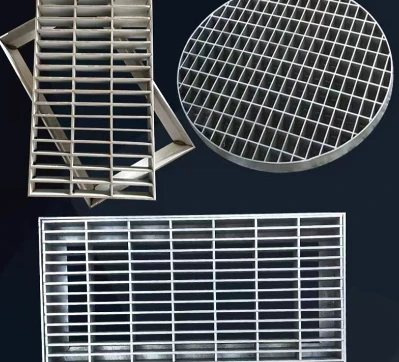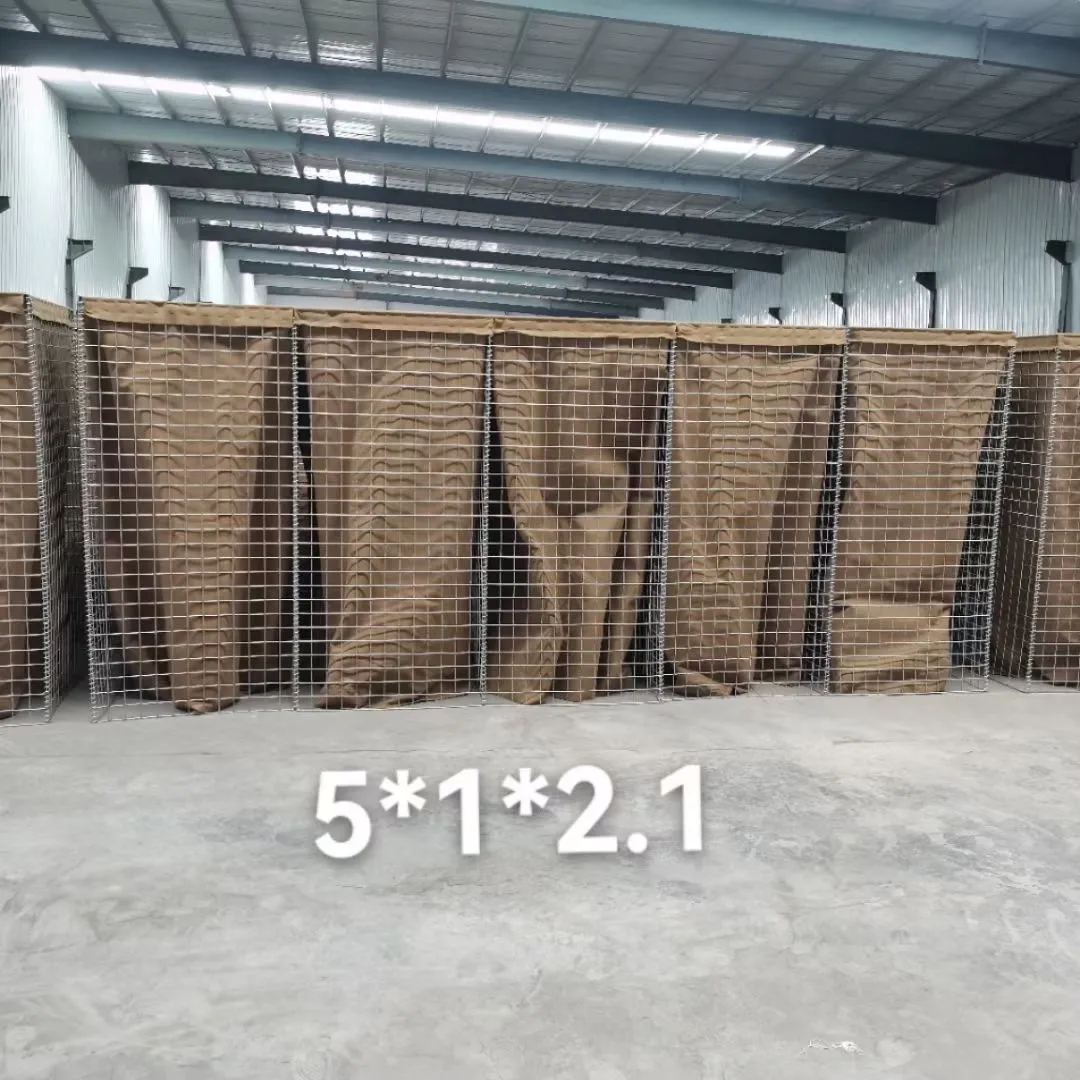Jan . 25, 2025 04:52 Back to list
Hot Dipped Galvanized Welded Metal Grid Steel Grating Ceiling


Transportation and installation costs are frequently overlooked but significantly impact the total expense. Steel grating is heavy and bulky, and shipping costs can accumulate quickly, especially for larger orders or if the supplier is located far from the installation site. It’s advisable to collaborate with a supplier who provides competitive shipping rates or local options to minimize these expenses. Additionally, installation should be considered; hiring skilled professionals ensures proper and safe placement, optimizing the grating's lifespan and performance. Regulatory compliance and quality assurance are critical when purchasing steel grating. Products should adhere to industry standards such as those set by ASTM International or the British Standards Institution. Ensuring compliance not only guards against potential legal issues but also guarantees that the grating will perform to expected safety and reliability standards. When a manufacturer demonstrates adherence to these standards, it strengthens their credibility and bolsters buyer confidence. Finally, establishing a long-term relationship with a reputable supplier can yield economic benefits. Trustworthy suppliers offer consistent product quality, reliable delivery schedules, and post-purchase support, which can prove invaluable across multiple projects. Seeking suppliers with proven track records and industry certifications affirms their capability and integrity in providing not only competitive pricing but also superior service and support. In conclusion, the cost of steel grating is influenced by myriad factors, including material type, manufacturing process, size, surface treatment, transportation, installation, and compliance with industry standards. By carefully evaluating these criteria and fostering relationships with trustworthy suppliers, decision-makers can achieve cost-effective solutions without compromising on quality or performance, positioning themselves well in the competitive landscape of industrial and commercial construction.
Latest News
-
Brick Mesh Wall Solutions | Enhanced by GPT-4 Turbo Design
NewsAug.01,2025
-
Premium Anti-Climb Fence Spikes for Sale
NewsAug.01,2025
-
Premium Peach Post Fence | Durable & Stylish Security
NewsJul.31,2025
-
Best Galvanized Grating Price - Durable Galvanized Steel Grating Solutions
NewsJul.30,2025
-
0.5-4.0mm Wire 2×2 4×4 8×8 Hot Dipped Galvanized Welded Mesh Roll
NewsJul.30,2025
-
Metal Fence Pickets for Sale – Durable Galvanized & Steel Options
NewsJul.29,2025
Our company owns has excellent CAD steel grating drawing designers, who can provide customers with perfect steel grating layout design and better meet customers' special requirements for products. We have been adhering to it the business tenet of "quality first, customer first", with high-quality products, reasonable prices, and the fastest delivery time, we wholeheartedly provide customers with a full range of services! Welcome new and old customers to cooperate sincerely and create brilliance together!
Contact Us
WELCOME TO OUR COMPANY!
Thank you for your interest in our services! If you have any questions or wousld like to book a service, please don’t hesitate to contact us. Our team is dedicated to providing you with the highest level of service and support, and we are committed to working with you to make your event a success.

Service Email

Service Phone
Product Center
Contact Us
- Phone: +86 +86 15733154345
- E-mail: sales@chengsenchina.com
- Address: B1213 GLOBAL CENTER, NO.226 ZHONGHUA NORTH STREET, SHIJIAHUANG, CHINA


























